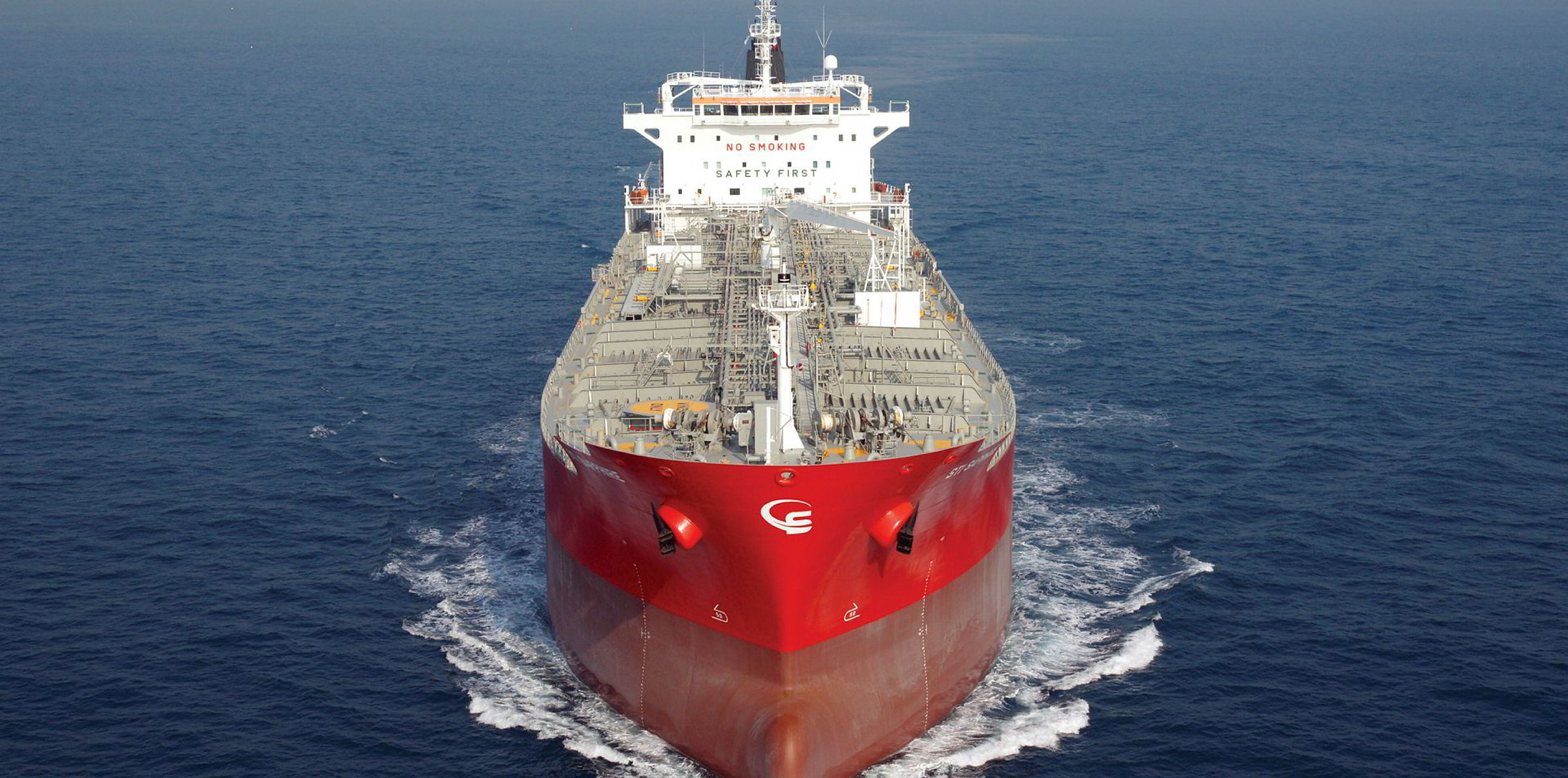It was a good start for Scorpio Tankers’ shares after the owner executed a one-for-10 reverse split of the stock last week.
The strategy turned a $1.98 stock into a $19.80 one — albeit with just 10% of the previous shares count, and thus no change in market capitalisation.
But that change would come on 18 January, when the shares rose to $21.05, a gain of 6.3% on a day when the Dow Jones Industrial Average rose 1.4%. Total share value ticked up to $1.09bn.
Scorpio Tankers first tipped a possible shares split on its quarterly earnings call in December.
At the time, the strategy was questioned by Jefferies analyst Randy Giveans, who asked executives why they would not just let the share appreciate organically amid improving fundamentals in the products market.
But six weeks later, Giveans is fully onboard with the move.
“Typically when I think about reverse splits, it’s a negative, as the move is non-economic and kind of oozes desperation,” he explained in an interview with TradeWinds this week.
Better fundamentals
“Normally reverse splits are done of necessity for New York Stock Exchange [NYSE] or Nasdaq compliance reasons — to keep the stock above $1. That is certainly not the case here. The fundamentals are much better and the company is currently buying back stock.”
Giveans alluded to dozens of reverse splits performed by generally smaller public shipowners that have seen shares slide below the minimum $1 trading level required by the exchanges.
Reverse splits can cure that defect, but often the fundamental weaknesses that caused a low share price to begin with remain unaddressed.
Several companies have had to repeat such splits in a fight to keep their heads above water. The cost is often to limit trading liquidity — given that fewer shares are available — and a deepening of the owner’s negative prospects.

But as the analyst says, the fundamentals surrounding Scorpio Tankers make it different.
It operates a fleet of 109 product tankers, either owned or lease-financed, with an average age of 3.3 years, and bareboat charters in a further 13 tankers.
The mammoth tanker owner, led by Emanuele Lauro, was trading at $1.96 before the split, easily above the NYSE’s $1 mandate. The tactic thus was a matter of strategy, not necessity.
The thinking was laid out by president Robert Bugbee last month when he addressed Giveans’ question: why not just let the stock rise on its own?
“The sweet spot in the stock price is between $10 and $20, as it is for many stocks. It’s why you see a lot of [initial public offerings] come to market in a range between $13 and $17,” Bugbee told Giveans.
“We’re opening up the range of people who are able to invest in our stock ... there are many funds who can’t invest in a stock that is trading under $10, and then there are other issues below $5.”
Giveans said this week that while product market fundamentals should push Scorpio Tankers’ price upward, it could take several years to reach the range Bugbee was targeting.
“The most bullish case would have been $5 in 2019, and maybe $8 in 2020, which is still not within the sweet spot that [Bugbee] was describing,” Giveans said.
Typically when I think about reverse splits, it’s a negative, as the move is non-economic and kind of oozes desperation ... That is certainly not the case here
Randy Giveans
And indeed, Scorpio Tankers’ share price did not increase on its own after Bugbee’s comments on 11 December. Instead, it dipped to $1.96 from about $2.10. While that corresponded to the drop in the broader stock market and oil prices since, it was still a decline of 6.7%.
Nonetheless, there are reasons why Giveans, with a buy rating, and others foresee better times ahead for the stock.
They include the expected continuation of a rates recovery in the products market; Scorpio Tankers readying for the IMO 2020 emissions deadline by fitting its fleet with exhaust gas scrubbers; and the rebuild of its balance sheet to withstand any downside surprises ahead of 2020.
Besides that, Giveans sees positives in technical aspects of the split.
Even the smaller stock count leaves the company with a “robust” 50 million shares outstanding, he said. Traders expect turnover of at least 500,000 shares per day, equal to about $10m in Scorpio Tankers’ case. Its adjusted 30-day average has been about 600,000 shares and $12m, he added.
Further, Bugbee is clearly correct in saying Scorpio Tankers can now be owned by some funds that could not touch the stock for price reasons previously.
Liquidity measures
“Many of the long-only funds and even the large hedge funds have parameters according to either liquidity measures or stock-price measures,” Giveans said.
“It’s hard for someone from one of those funds to approach the portfolio manager and say, ‘Hey, I’ve got a great idea, check out this $2 stock’.
“For some there’s an unofficial bias, while for others there are hard rules against owning a stock below $10, $5, $3 — that’s why you’ve seen a lot of forced selling of the stock in the past.”
With that limitation addressed, Scorpio Tankers’ remaining problem may be breaking free from broader stock-market trade worries and a larger sell-off within the energy sector, which often unduly punishes tanker stocks.
How does it break free from larger market forces?
“Shipping stocks are under the energy umbrella and always will be somewhat correlated,” Giveans told TradeWinds.
“But once Scorpio starts reporting strong earnings and strong rates guidance, keeps buying back shares and is paying out dividends, investors are likely to see that the company is doing a lot better than the stock price or the price of crude warrants. Those things can help them dislocate.”





